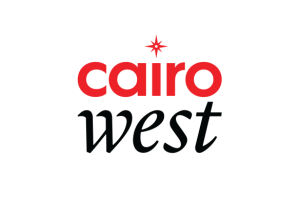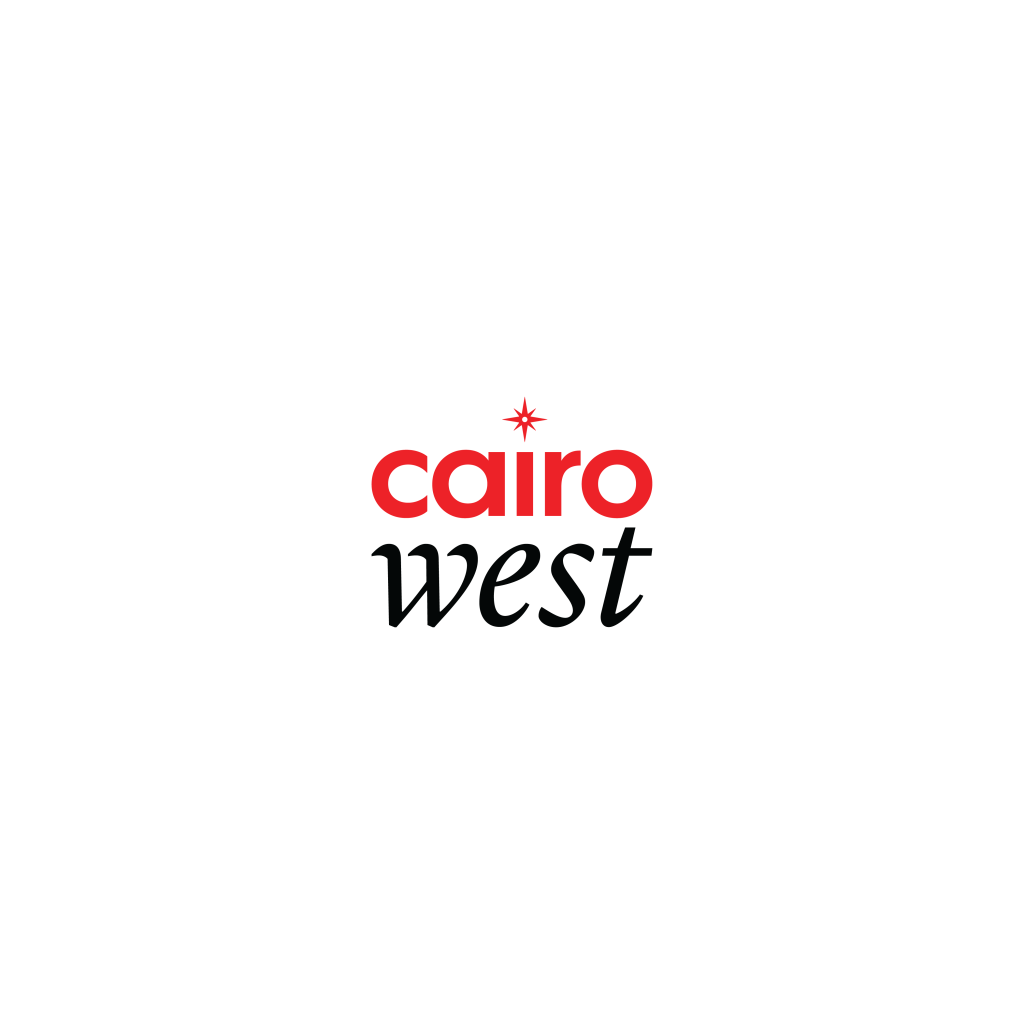Egypt has been a hub for film production for decades, with iconic and much-loved stars becoming household names, not only at home, but throughout the Arabic-speaking world. From villains to heroes, comedy to nail-biting drama and social narratives that every family could relate to, every year has rolled out films that will still be cherished by generations to come.
Thanks to painstaking work by Akkasah Center for Photography at New York University – Abu Dhabi, the collection created by the late critic and writer Samir Farid is available as a fascinating record of this history. Negatives showing scenes from films dating from 1937 to 1988 have been digitally re-mastered in the original black and white to capture the humor, the beauty and the essence of Egyptian culture through the lens of the camera.


 Taking things a step further, Port Said resident and film, history and photography buff, Khalid Abdel Rahman turned to My Heritage, an app using AI, to bring every image currently available to full color. Egyptian cinephiles can browse to their hearts’ content. To learn more about this unique collection, we chatted with Jonathan Burr, archivist at Akkasah.
Taking things a step further, Port Said resident and film, history and photography buff, Khalid Abdel Rahman turned to My Heritage, an app using AI, to bring every image currently available to full color. Egyptian cinephiles can browse to their hearts’ content. To learn more about this unique collection, we chatted with Jonathan Burr, archivist at Akkasah.
Jonathan, how was this collection put together?
JB: We were approached by Samir Farid five years ago and were given to opportunity to acquire a portion of his collection of photographs taken on the sets of Egyptian films throughout the twentieth century. Although we don’t know exactly how the images were used, we organized in this manner.
The collection consists entirely of film negatives which we were lucky enough to receive, organized by film. As you can see on our site, we have kept the collection in that order and have digitized it so that the public can view the images on our site, Akkasah.org.



 What is the historical and cultural significance of preserving collections like this?
What is the historical and cultural significance of preserving collections like this?
Classic Egyptian cinema continues to be extremely popular in both Egypt and throughout the world. As is the case with classic Hollywood cinema, preservation and access to quality copies of old films remains a challenge. Films have been lost, and those that survive are often damaged. And although many of these films are available to stream online, the quality of the presentation is far from ideal.
The Samir Farid Collection provides the world a unique perspective of the making of these films. The photographs have, for the large part, survived the years quite well and reveal details of the sets and performers in a way that both historians and fans of cinema will all appreciate.


Is the collection complete, or still work in progress?
The Samir Farid Collection is very much a work in progress. We currently have about 600 images online from almost ninety films, but we have nearly 2,700 negatives still to digitize. The photographs currently available are almost all from the years 1940-1960, but the remainder will span almost three more decades, well into the late 80s.
What is involved in the process of processing and archiving the images?
The part of the collection that is online at Akkasah.org right now was digitized on a purpose-built Hasselblad Flextight X5 drum scanner. The negatives were carefully placed in special frames that were then fed into the scanner to create the initial digital image. We then took those files and adjusted them in Photoshop, balancing brightness and contrast and fixing some scratches, creating images that we believe are what the original photographers would have liked to present. That said, we do retain original files documenting the negatives as they are, which could be of interest to historians and conservators alike.





May people contact you if they have old film negatives that could be of interest?
Absolutely, we are always interested in hearing from the users of our archive. While we cannot promise to accept all proposed donations into Akkasah’s archive, we are always interested in seeing photograph collections from the Middle East, North Africa, Turkey, Iran, and the greater Arab world. We’re eager to provide advice regarding preservation of your collections, and we encourage you to feel free to share with us at akkasah@nyu.edu. We also encourage people to follow us on Twitter or Instagram @akkasah_nyuad, and on Facebook at AkkasahNYUAD.
Contact information:
Akkasah Center for Photography
New York University Abu Dhabi
Tel: 971 2 628 5531
Facebook: AkkasahNYUAD
Instagram: akkasah_nyuad
Khaled Abdel Rahman (Facebook: Drkh1978)
More Entertainment stories in this link.

























 Dina El Mofty’s statements were made during her participation in Narrative Summit’s digital talks “Reshaping Norms” on the global impact of the COVID-19 crisis and ways to create a new reality and a different future in Egypt and the world.
Dina El Mofty’s statements were made during her participation in Narrative Summit’s digital talks “Reshaping Norms” on the global impact of the COVID-19 crisis and ways to create a new reality and a different future in Egypt and the world.













 Park St. project in Sheikh Zayed has been carefully designed to ensure the utmost safety, maximum comfort and compliance with highest quality standards to guarantee productivity and peace of mind for the business community. Known for its unique design, Park St.’s interiors distinguish the project from all the others. Constructed with a span of up to 12 meters between concrete columns, the complex will provide businesses with the ultimate flexibility and efficiency for designing the work space.
Park St. project in Sheikh Zayed has been carefully designed to ensure the utmost safety, maximum comfort and compliance with highest quality standards to guarantee productivity and peace of mind for the business community. Known for its unique design, Park St.’s interiors distinguish the project from all the others. Constructed with a span of up to 12 meters between concrete columns, the complex will provide businesses with the ultimate flexibility and efficiency for designing the work space.



 Taking things a step further, Port Said resident and film, history and photography buff, Khalid Abdel Rahman turned to My Heritage, an app using AI, to bring every image currently available to full color. Egyptian cinephiles can browse to their hearts’ content. To learn more about this unique collection, we chatted with Jonathan Burr, archivist at Akkasah.
Taking things a step further, Port Said resident and film, history and photography buff, Khalid Abdel Rahman turned to My Heritage, an app using AI, to bring every image currently available to full color. Egyptian cinephiles can browse to their hearts’ content. To learn more about this unique collection, we chatted with Jonathan Burr, archivist at Akkasah.


 What is the historical and cultural significance of preserving collections like this?
What is the historical and cultural significance of preserving collections like this?





